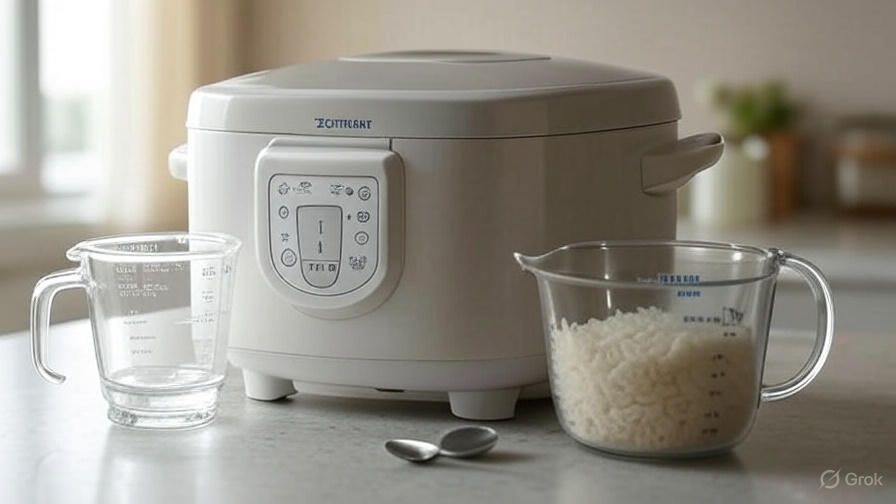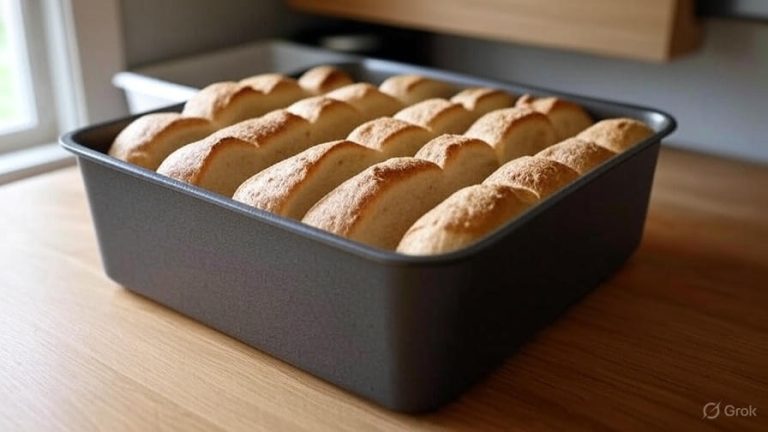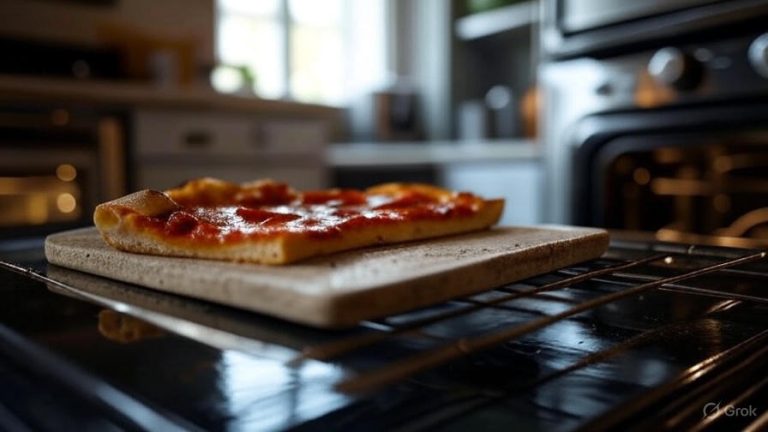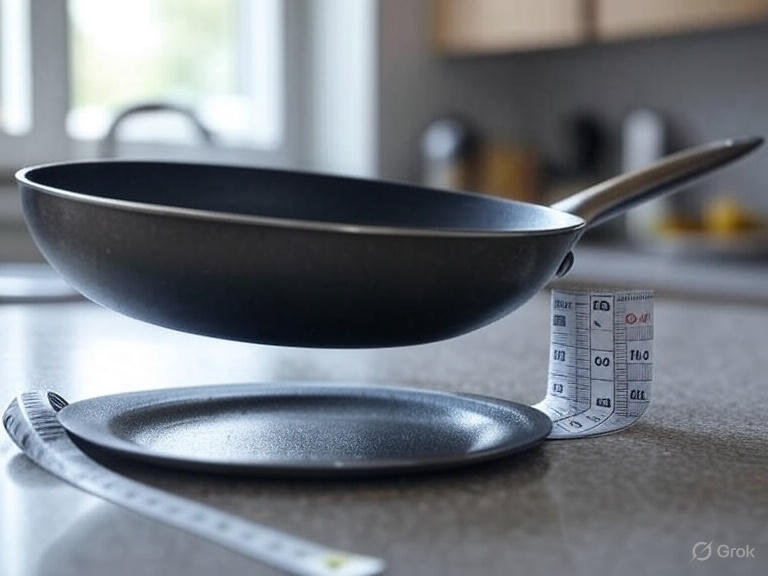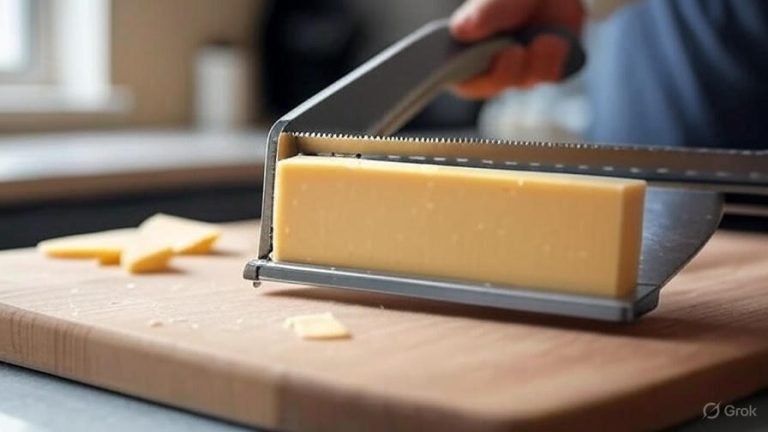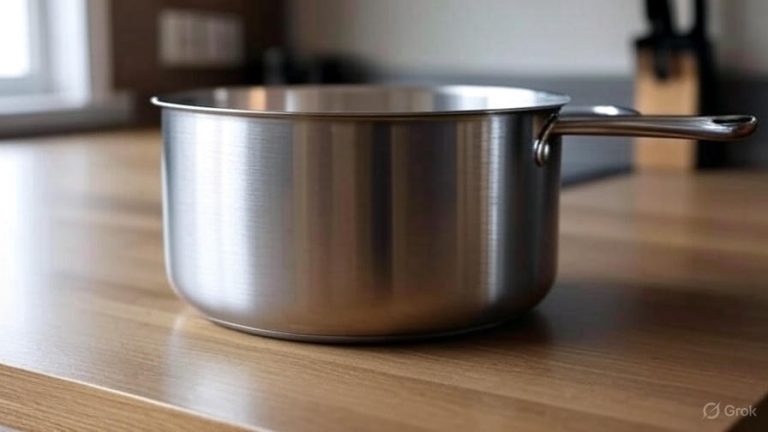How to Use a Zojirushi Rice Cooker?
Rice forms the foundation of countless meals around the world, yet many home cooks struggle to achieve consistently perfect results. The Zojirushi rice cooker transforms this daily cooking challenge into an effortless experience. This Japanese brand has earned its reputation by delivering restaurant-quality rice through innovative technology and user-friendly design.
Your new Zojirushi rice cooker arrives with impressive capabilities that extend far beyond basic rice preparation. These advanced appliances can handle multiple grain types, steam vegetables, prepare porridge, and even bake cakes. Learning to harness these features will revolutionize your kitchen routine and expand your culinary horizons.
Getting Started with Your Zojirushi Rice Cooker
Before you cook your first batch of rice, take time to familiarize yourself with your new appliance. The setup process determines how well your rice cooker performs throughout its lifetime.
Initial Setup and Preparation
Remove all packaging materials from your rice cooker, including plastic films and protective inserts. Clean the inner pot thoroughly with warm, soapy water and dry it completely. The heating plate at the bottom of the unit should also receive a gentle wipe with a damp cloth.
Check that all components are present: the inner pot, rice paddle, measuring cup, and instruction manual. Zojirushi measuring cups hold approximately 180ml of rice, which differs from standard measuring cups. Using the provided cup ensures accurate rice-to-water ratios.
Place your rice cooker on a stable, level surface away from walls and other appliances. The unit needs adequate ventilation around all sides to function properly. Avoid positioning it near heat sources or in direct sunlight.
Connect the power cord and press the power button to initialize the system. Many Zojirushi models feature a welcome beep and display activation sequence. This initial power-up allows you to explore the control panel and familiarize yourself with available settings.
Understanding the Control Panel
Modern Zojirushi rice cookers feature intuitive digital displays with clearly labeled buttons. The main cooking modes typically include white rice, brown rice, sushi rice, porridge, and quick cooking options. Some models offer additional settings for mixed rice, sweet rice, and specialty grains.
The timer function allows you to delay cooking start times up to 13 hours in advance. This feature proves invaluable for busy households wanting fresh rice ready at specific times. Program your rice cooker before leaving for work, and return home to perfectly cooked rice.
Temperature control settings help you achieve different rice textures. The regular setting produces standard fluffy rice, while the soft setting creates a more tender grain. The hard setting delivers firmer rice that works well for fried rice dishes.
Display indicators show cooking progress, remaining time, and current mode. The keep-warm function activates automatically after cooking completes, maintaining optimal serving temperature for extended periods.
Mastering Rice-to-Water Ratios
Perfect rice depends on precise water measurements that vary according to rice type and personal preferences. Zojirushi rice cookers simplify this process through built-in water level markings, but understanding the principles helps you achieve consistent results.
White Rice Preparation
Long-grain white rice requires a 1:1.25 ratio when using the Zojirushi measuring cup. For each cup of rice, add water to the corresponding line marked inside the inner pot. These measurements account for the specific cup size and cooking method used by Zojirushi appliances.
Short-grain white rice needs slightly more water due to its higher starch content. Use a 1:1.3 ratio for optimal texture and consistency. Japanese-style short-grain rice becomes perfectly sticky and glossy with this proportion.
Medium-grain varieties fall between long and short-grain requirements. Start with a 1:1.27 ratio and adjust according to your texture preferences. This rice type works excellently for everyday meals and side dishes.
Always rinse white rice before cooking to remove excess starch and improve final texture. Place rice in the inner pot, add cold water, and swirl gently with your hand. Drain the cloudy water and repeat until the water runs nearly clear.
Brown Rice and Whole Grains
Brown rice retains its nutrient-rich bran layer, requiring longer cooking times and more water than white varieties. Use a 1:1.5 ratio for brown rice, allowing the additional liquid to penetrate the tougher outer layer.
Soaking brown rice for 30 minutes before cooking improves texture and reduces cooking time. The grains absorb water gradually, leading to more even cooking throughout. This step becomes especially important for older brown rice that may have dried out during storage.
Wild rice demands even more water and time due to its hardy nature. Use a 1:2 ratio and expect cooking times of 45-60 minutes. The grains should split slightly when properly cooked, revealing their tender interiors.
Mixed grain blends require careful attention to ratios since different grains absorb water at varying rates. Start with the ratio recommended for the predominant grain type and adjust as needed based on results.
Step-by-Step Cooking Instructions
Proper technique ensures consistently excellent results from your Zojirushi rice cooker. These detailed steps guide you through the complete cooking process from start to finish.
Basic White Rice Cooking Process
Measure your desired amount of rice using the provided Zojirushi cup. One cup typically serves 2-3 people as a side dish. Pour the rice into the inner pot and rinse thoroughly under cold running water.
Drain the rice completely and level it evenly across the bottom of the pot. Add water according to the marked lines or your preferred ratio. Gently shake the pot to distribute rice evenly without stirring.
Wipe the exterior bottom of the inner pot with a dry cloth to remove any water droplets. Moisture on the pot bottom can interfere with proper heating and cause uneven cooking.
Place the inner pot into the rice cooker, ensuring it sits flush against the heating plate. Close the lid firmly until you hear a click, indicating proper sealing. Select the appropriate cooking mode for your rice type.
Press the start button to begin cooking. The display will show the estimated cooking time, which varies based on rice type and quantity. Avoid opening the lid during cooking, as this releases essential steam and disrupts the process.
Advanced Cooking Techniques
The fuzzy logic technology in Zojirushi rice cookers monitors temperature and moisture levels throughout cooking. This system automatically adjusts heating patterns to achieve optimal results without manual intervention.
Soaking rice before cooking activates enzymes that improve flavor and texture. Add your rice and water to the pot, then let it sit for 15-30 minutes before starting the cooking cycle. This technique works particularly well with premium rice varieties.
Seasoning rice during cooking infuses flavor throughout each grain. Add salt, butter, or broth directly to the water before cooking begins. Use approximately 1/2 teaspoon of salt per cup of rice for subtle enhancement.
Creating flavored rice requires careful liquid balance. Replace a portion of water with broth, coconut milk, or other liquids while maintaining the total liquid volume. Strong flavors may require slight dilution to prevent overpowering the rice.
Specialty Rice Preparations
Sushi rice demands specific preparation techniques to achieve the proper sticky texture. Use short-grain Japanese rice with a 1:1.1 water ratio. After cooking, transfer the rice to a wooden bowl and fold in seasoned rice vinegar while still warm.
Risotto rice can be prepared in Zojirushi cookers using the porridge setting. Combine arborio rice with warm broth using a 1:3 ratio. The extended cooking time allows the rice to release its starches gradually, creating the characteristic creamy texture.
Coconut rice transforms ordinary meals into tropical experiences. Replace half the water with coconut milk and add a pinch of salt. The rice absorbs the coconut flavor while maintaining its fluffy texture.
Pilaf-style rice benefits from pre-toasting the grains in a dry pan before adding to the rice cooker. This technique adds nutty depth and helps grains maintain their individual structure during cooking.
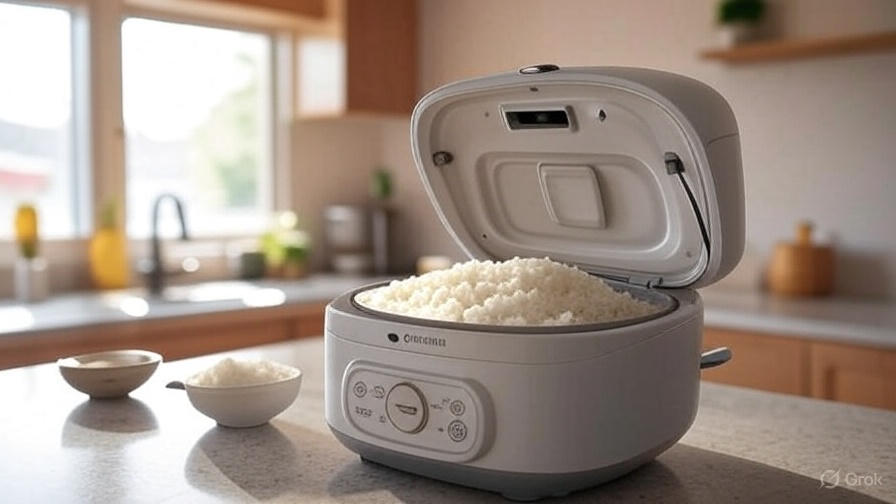
Exploring Advanced Features
Zojirushi rice cookers offer numerous functions beyond basic rice preparation. These features expand your cooking possibilities and maximize your appliance investment.
Timer and Delay Functions
The delay timer allows you to add rice and water in the morning, then program cooking to complete when you return home. Fresh rice will be ready and kept warm at the perfect serving temperature.
Calculate timing carefully to avoid bacterial growth in uncooked rice. Limit delay times to 8-10 hours maximum, and ensure your kitchen temperature remains moderate. Very hot conditions may require shorter delay periods.
The keep-warm function maintains rice temperature for up to 12 hours after cooking completes. Extended warming may cause slight texture changes, but the rice remains safe and palatable throughout this period.
Some models feature extended keep-warm settings that can hold rice for up to 24 hours. This function uses lower temperatures and occasional reheating cycles to maintain quality over longer periods.
Steam Cooking Capabilities
The included steaming basket transforms your rice cooker into a versatile steamer. Cook vegetables, fish, or dumplings while rice cooks below, creating complete meals efficiently.
Fresh vegetables require different steaming times based on density and size. Broccoli and asparagus need 8-10 minutes, while root vegetables may require 15-20 minutes. Cut vegetables uniformly for even cooking.
Fish fillets steam beautifully in 12-15 minutes, retaining moisture and delicate flavors. Season fish before steaming and add aromatics like ginger or herbs to the steaming water for enhanced taste.
Frozen foods can be steamed directly without thawing, though cooking times increase accordingly. Add 5-8 minutes to standard steaming times when working with frozen ingredients.
Porridge and Congee Preparation
The porridge setting creates creamy, comforting breakfast dishes from various grains. Use a 1:7 water ratio for traditional rice porridge, adjusting thickness by varying liquid amounts.
Steel-cut oats produce hearty breakfast porridge with wonderful texture. Combine 1 cup oats with 3 cups water and cook using the porridge setting. Add fruits, nuts, or honey after cooking completes.
Congee requires longer cooking times to break down rice grains completely. Use day-old cooked rice for faster results, or cook fresh rice with extra water for 2-3 hours until creamy.
Savory porridge variations incorporate broth, vegetables, and proteins. Add ingredients during the final 30 minutes of cooking to prevent overcooking delicate items.
Maintenance and Cleaning
Regular maintenance ensures your Zojirushi rice cooker continues performing optimally for years. Proper cleaning prevents buildup that can affect taste and function.
Daily Cleaning Routine
Clean the inner pot after each use with warm, soapy water and a soft sponge. Avoid abrasive cleaners or scouring pads that might damage the non-stick coating. Stubborn rice residue soaks off easily with warm water.
Wipe the exterior with a damp cloth, paying attention to the control panel and lid areas. Steam vents require regular cleaning to prevent blockages that could affect pressure regulation.
The rice paddle and measuring cup wash easily in the dishwasher or by hand. Store these accessories in a clean, dry location between uses to prevent contamination.
Remove any water from the outer pot and heating plate area. Moisture accumulation can lead to mineral deposits and affect heating efficiency over time.
Deep Cleaning Procedures
Monthly deep cleaning removes mineral deposits and maintains optimal performance. Fill the inner pot with equal parts water and white vinegar, then run a complete cooking cycle.
After the vinegar cycle completes, rinse the pot thoroughly and run another cycle with plain water to remove any residual vinegar taste. This process dissolves mineral buildup from hard water areas.
The lid assembly requires periodic cleaning to remove steam residue and food particles. Most Zojirushi models feature removable lid components that facilitate thorough cleaning.
Check the steam vent regularly for blockages from food particles or mineral deposits. Use a soft brush or toothpick to clear any obstructions, ensuring proper pressure regulation during cooking.
Troubleshooting Common Issues
Undercooked rice often results from insufficient water or interrupted cooking cycles. Verify water measurements and avoid opening the lid during cooking. Hard water areas may require slight increases in liquid amounts.
Overcooked or mushy rice indicates too much water or extended keep-warm periods. Reduce water slightly and limit keep-warm time to maintain optimal texture.
Burning smells suggest food residue on the heating plate or damaged inner pot coating. Clean the heating plate thoroughly and inspect the pot for scratches or coating damage.
Unusual noises during cooking may indicate mineral buildup or mechanical issues. Perform deep cleaning procedures and contact customer service if problems persist.
Recipe Ideas and Variations
Your Zojirushi rice cooker opens doors to countless culinary creations beyond plain rice. These recipes demonstrate the versatility and convenience of your appliance.
International Rice Dishes
Spanish-style rice combines rice with saffron, tomatoes, and vegetables for a simplified paella experience. Use the mixed rice setting and add ingredients in stages to prevent overcooking delicate items.
Indian biryani adapts well to rice cooker preparation. Layer marinated rice with spiced vegetables or meat, then cook using the mixed rice setting. The sealed environment helps flavors meld beautifully.
Thai coconut rice pairs perfectly with spicy dishes. Replace water with coconut milk and add a touch of sugar for authentic sweetness. The result complements curry dishes exceptionally well.
Mexican rice incorporates tomatoes, onions, and spices for vibrant side dishes. Sauté aromatics first, then add to the rice cooker with rice and liquid for complete flavor integration.
Breakfast and Dessert Options
Rice pudding becomes effortless using the porridge setting. Combine cooked rice with milk, sugar, and spices, then cook until creamy. Add raisins or vanilla during the final minutes.
Breakfast rice bowls provide nutritious morning meals. Cook rice with milk instead of water, then top with fruits, nuts, and honey for balanced nutrition.
Rice-based cakes utilize the cake setting available on some models. These dense, moist cakes incorporate rice flour or cooked rice for unique textures and flavors.
Stuffed vegetables cook beautifully in the steaming basket while rice cooks below. Bell peppers, tomatoes, or cabbage filled with rice mixtures create complete meals efficiently.
Maximizing Your Investment
Proper use and care of your Zojirushi rice cooker ensures years of reliable service and consistent results. These tips help you get the most value from your purchase.
Energy Efficiency Tips
Cooking larger batches uses energy more efficiently than frequent small batches. Prepare extra rice for multiple meals, storing leftovers properly for quick reheating later.
The keep-warm function uses minimal electricity compared to reheating rice later. Plan meal timing to take advantage of this feature rather than cooking rice separately for each meal.
Soaking rice before cooking can reduce overall cooking time and energy consumption. The grains absorb water gradually, requiring less active heating to achieve proper texture.
Using the timer function during off-peak electricity hours may reduce energy costs in areas with variable utility rates. Program cooking to complete during lower-rate periods when possible.
Storage and Leftover Management
Fresh cooked rice stays optimal in the rice cooker for several hours using the keep-warm function. Extended storage requires refrigeration within 2 hours of cooking completion.
Freezing cooked rice in portion-sized containers provides convenient meal prep options. Frozen rice reheats well in the microwave or steamer, maintaining good texture and flavor.
Day-old rice works excellently for fried rice dishes, as the grains separate easily and absorb flavors without becoming mushy. Plan rice preparation accordingly for specific recipes.
Leftover rice transforms into breakfast porridge, rice salads, or soup additions. Creative use of leftovers maximizes your rice cooker investment and reduces food waste.
Your Zojirushi rice cooker represents more than just a kitchen appliance—it’s your gateway to consistently perfect rice and expanded culinary possibilities. Master these techniques and features to enjoy restaurant-quality results in your own home. The combination of Japanese engineering excellence and user-friendly design makes every meal an opportunity to create something delicious and satisfying.
Take time to experiment with different rice varieties, cooking techniques, and recipe adaptations. Your growing expertise will reward you with increasingly impressive results and greater confidence in the kitchen. The investment in a quality Zojirushi rice cooker pays dividends through years of reliable performance and culinary success.

